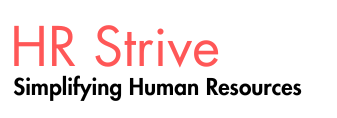In today’s fast-moving business landscape, improving organizational performance isn’t just about tweaking charts and workflows—it’s about realigning the heartbeat of the organization. That means rethinking how people work together, how decisions are made, and how culture supports strategy. When structure, roles, processes, and values are in sync with strategic goals, organizations don’t just grow—they thrive.
🤝 When HR Meets M&A: A Story of Strategy and Sensitivity
Imagine this: a company is pursuing an ambitious growth strategy through a merger and acquisition (M&A). The deal looks promising on paper—financials are solid, and the vertical integration could be a game-changer. But beneath the spreadsheets lies something more nuanced: people, culture, and values.
The CHRO steps in, armed with data from an HR task force. Yes, the numbers matter—workforce demographics, contract liabilities, and cost projections. But what really catches the CHRO’s eye is the cultural contrast. Their own organization champions innovation and autonomy. The target company? Deeply hierarchical, with rigid approval chains and formal communication paths.
This isn’t just a clash of styles—it’s a potential strategic risk. Using Behavioral Competencies like Business Acumen, Analytical Aptitude, and Global Mindset, the CHRO pieces together the puzzle. Then, with Consultation skills in full force, they present the findings to senior leadership—not just the risks, but the roadmap to navigate them.
